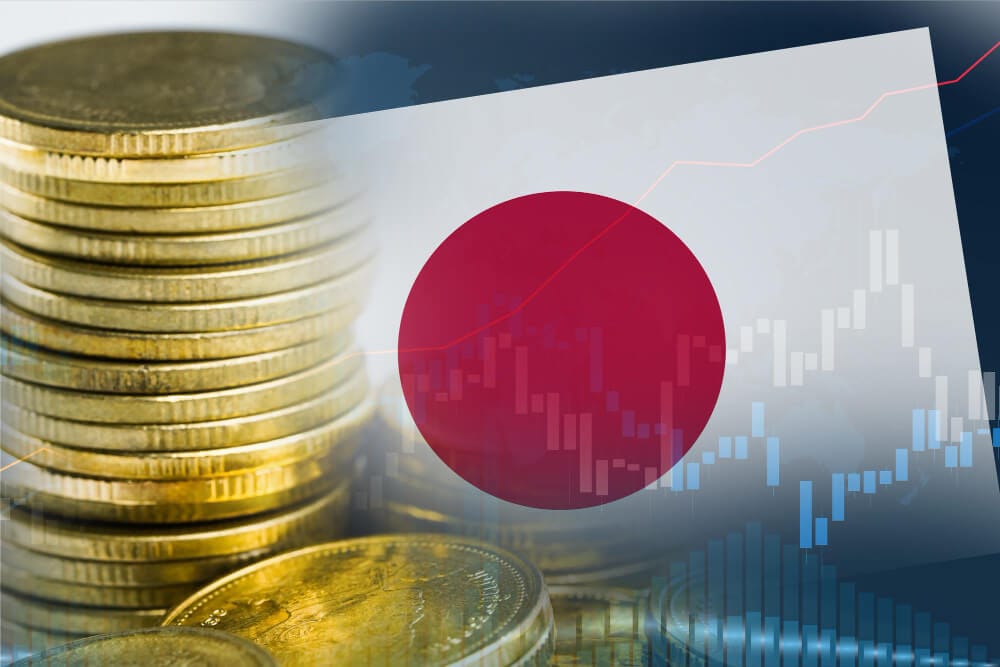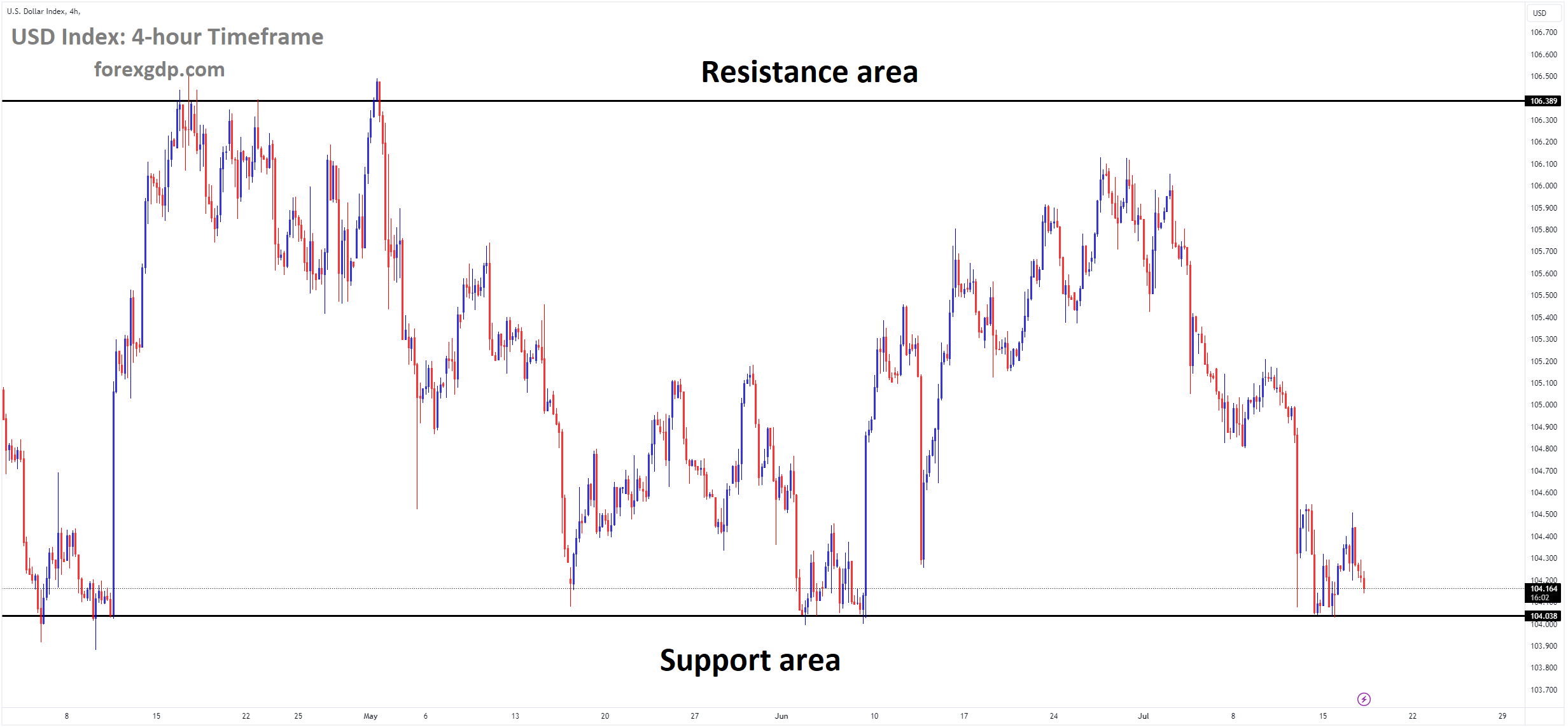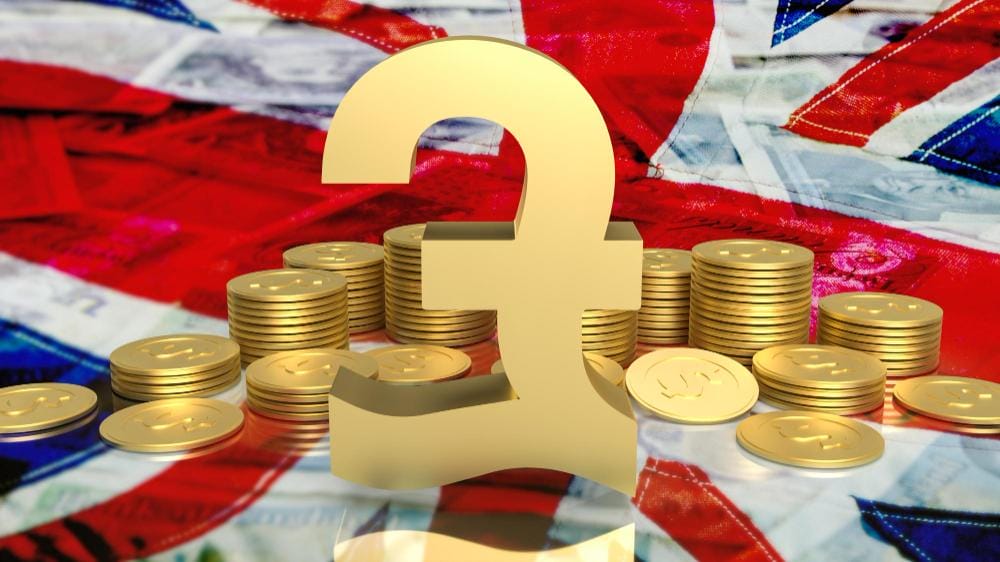JPY: Japan’s Q1 GDP shrinks 0.5% QoQ vs. -0.4% forecast
The Japan Q1 GDP data came at -0.50% versus -0.40% expected and 0.10% expanded in the last quarter. The Annualized reading shows -2.0% versus -1.5% expected and 0.40% expanded last time. The Declining GDP Data forming positive for Japanese Yen due to rate hold at steady manner by BoJ.
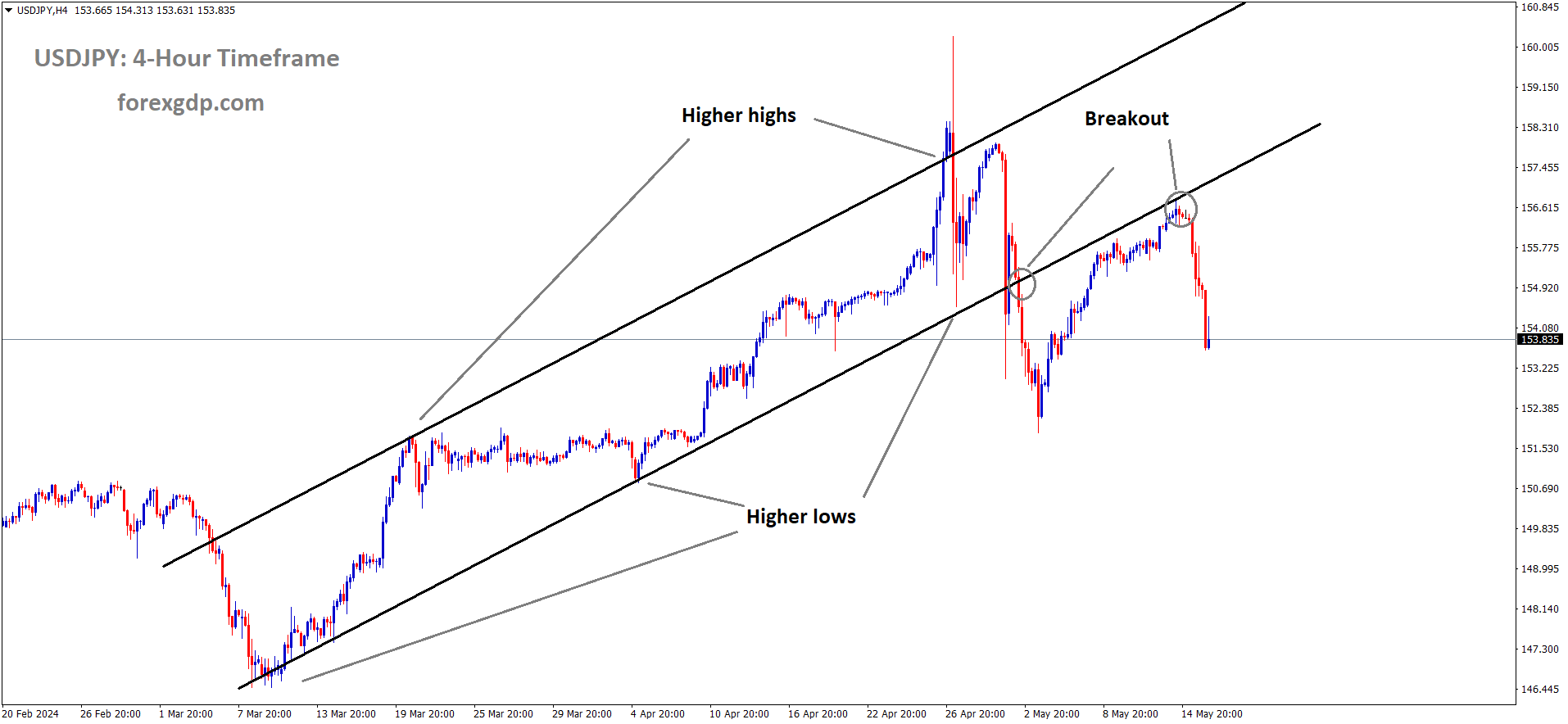
USDJPY has broken Ascending channel in downside
According to data released by the Cabinet Office on Thursday, the Gross Domestic Product (GDP) of Japan for the first quarter (Q1) experienced a quarter-on-quarter (QoQ) contraction of -0.5%, compared to the -0.4% that was expected. This contrasts with the previous quarter’s growth of 0.1%.

Additionally, the Annualized GDP for the same period showed a contraction of 2.0%, falling short of the expected 1.5% contraction and reversing the 0.4% expansion seen in the previous period.
JPY: Japan’s GDP dip complicates BOJ rate hike agenda
In the first quarter (Q1) of the year, Japan’s Gross Domestic Product (GDP) figures revealed a contraction of -0.50%, falling short of the market consensus of -0.40%. This contrasts with the previous quarter’s performance, which saw a modest expansion of 0.10%.
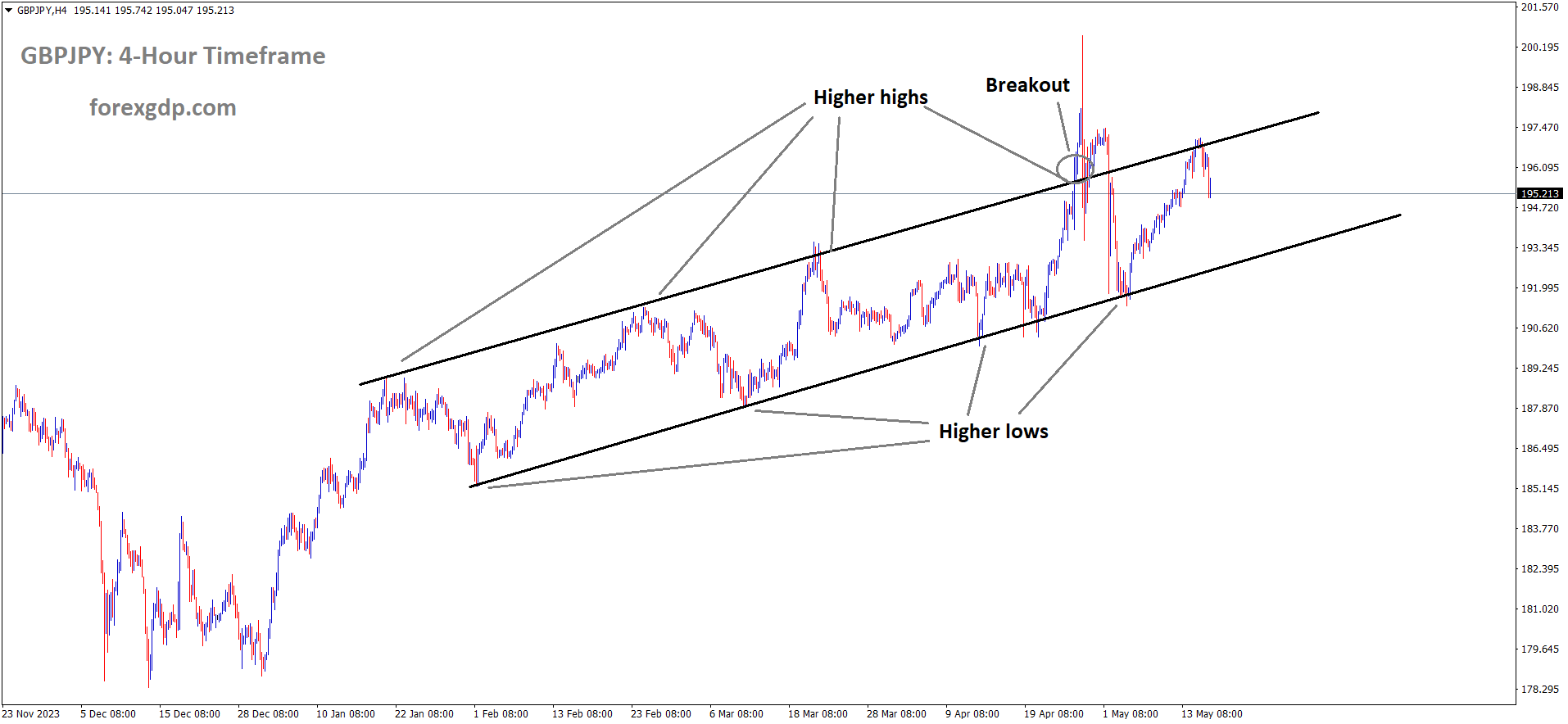
GBPJPY is moving in Ascending channel and market has fallen from the higher high area of the channel
Looking at the annualized data, the situation appears more concerning, with a significant downturn of -2.0% reported for Q1. This figure missed the expected -1.5% contraction and stands in stark contrast to the 0.40% expansion observed in the preceding period.
Interestingly, despite the gloomy GDP figures, the response in the currency market favored the Japanese Yen. This unexpected positive movement can be attributed to the Bank of Japan’s (BoJ) decision to maintain interest rates at a steady level, providing stability and potentially boosting confidence in the yen.
Japan’s economy encountered a steeper decline than anticipated in the first quarter, with the persistently weak yen exerting pressure on consumers. This presents a new hurdle for the central bank’s efforts to move interest rates away from their near-zero levels.
Preliminary data released by the Cabinet Office on Thursday revealed that Japan’s economy contracted at an annualized rate of 2.0% in January-March, a sharper drop than the 1.5% decline forecasted by economists in a Reuters poll. Additionally, revised figures showed minimal growth in the fourth quarter of 2023, primarily due to downward revisions in capital expenditure estimates.
While initial capital spending data is often subject to significant revisions, the widespread declines across all GDP components suggest a lack of significant growth drivers in Japan’s economy during the first quarter. This could lead to some hesitation on the part of the Bank of Japan, which initiated its first interest rate hike since 2007 in March and has signaled its intention to continue tightening monetary policy.
Yoshimasa Maruyama, chief market economist at SMBC Nikko Securities, suggested that the timing of future rate hikes could be influenced by the extent of the GDP rebound in the current quarter. He noted that while the economy is expected to recover due to rising wages, uncertainties remain, particularly regarding consumption in the service sector.

The latest GDP data translates to a quarterly contraction of 0.5%, surpassing economists’ expectations of a 0.4% decline. Revised first-quarter figures are scheduled for release on June 10. However, despite potential areas of investment such as green energy, energy security, and environmental improvements, the weak yen has created a divided economy in Japan.
Toru Suehiro, chief economist at Daiwa Securities, highlighted the challenges posed by the weak yen in determining whether the BOJ should maintain its monetary stimulus or continue to unwind it. While large businesses have implemented significant wage increases, real wages have been squeezed by price hikes, dampening household purchasing power.
Private consumption, a crucial component of Japan’s economy, declined by 0.7%, surpassing the forecasted 0.2% drop and marking the fourth consecutive quarter of decline. Economists remain hopeful that the weakness observed in the first quarter will be temporary, with factors such as an earthquake in the Noto area and the suspension of operations at Toyota’s Daihatsu unit contributing to the drag on growth.
However, ongoing risks such as sharp declines in the yen and spikes in crude oil prices due to the Middle East crisis continue to threaten the recovery. Policymakers are banking on significant wage increases and planned income tax cuts to stimulate consumption and prevent a return to deflation. Maruyama emphasized that the effectiveness of rate hikes or reductions in bond purchases in mitigating the impact of yen weakening on consumption will be critical in determining future policy decisions, especially amidst ongoing weakness in consumption.
JPY: Japan’s Q1 GDP Contracts 2% Annually due to Weak Consumption
In the first quarter, Japan’s GDP plummeted by -0.50%, a stark contrast to the forecasted -0.40% and the previous quarter’s meager 0.10% growth. The annualized reading painted an even grimmer picture, revealing a -2.0% contraction compared to the expected -1.5% decline and the previous period’s 0.40% expansion. Despite these dismal GDP figures, the Japanese Yen saw a positive response in the currency market, likely influenced by the Bank of Japan’s decision to maintain interest rates at a steady level, thus instilling confidence in the yen.

EURJPY is moving in Ascending channel and market has fallen from the higher high area of the channel
According to preliminary government data released on Thursday, Japan’s economy experienced an annualized contraction of 2% in the January-March period compared to the previous three months, marking the first decline in two quarters due to sluggish consumption.
This latest figure contrasts with the median forecast of a 1.5% decline among economists surveyed by QUICK, a company within the Nikkei group.
In the first quarter of this year, private consumption, the largest component of GDP, fell by an annualized 2.7% from the previous three-month period, while corporate investment decreased by 3.2%. Exports saw a significant drop of 18.7%, and imports fell by 12.8%, resulting in a decline in net exports. Additionally, private residential investment declined by 9.8% from the previous quarter.

The data reflects a period during which Daihatsu Motor suspended production following a high-profile safety scandal.
Consumption declined for the fourth consecutive quarter, with inflation outpacing wage growth. Recent government data indicated a year-on-year decline in real wages in the first three months of 2024, despite Japan’s main union group negotiating the largest round of annual pay increases in over three decades.
The core consumer price index, excluding fresh food, stood at 2.5% for the quarter.
Atsushi Takeda, chief economist at Itochu Research Institute, noted that consumption was weaker than expected, with significant declines observed in durable goods. While car sales were impacted by the Daihatsu issue, consumption remained weak across various other product categories.
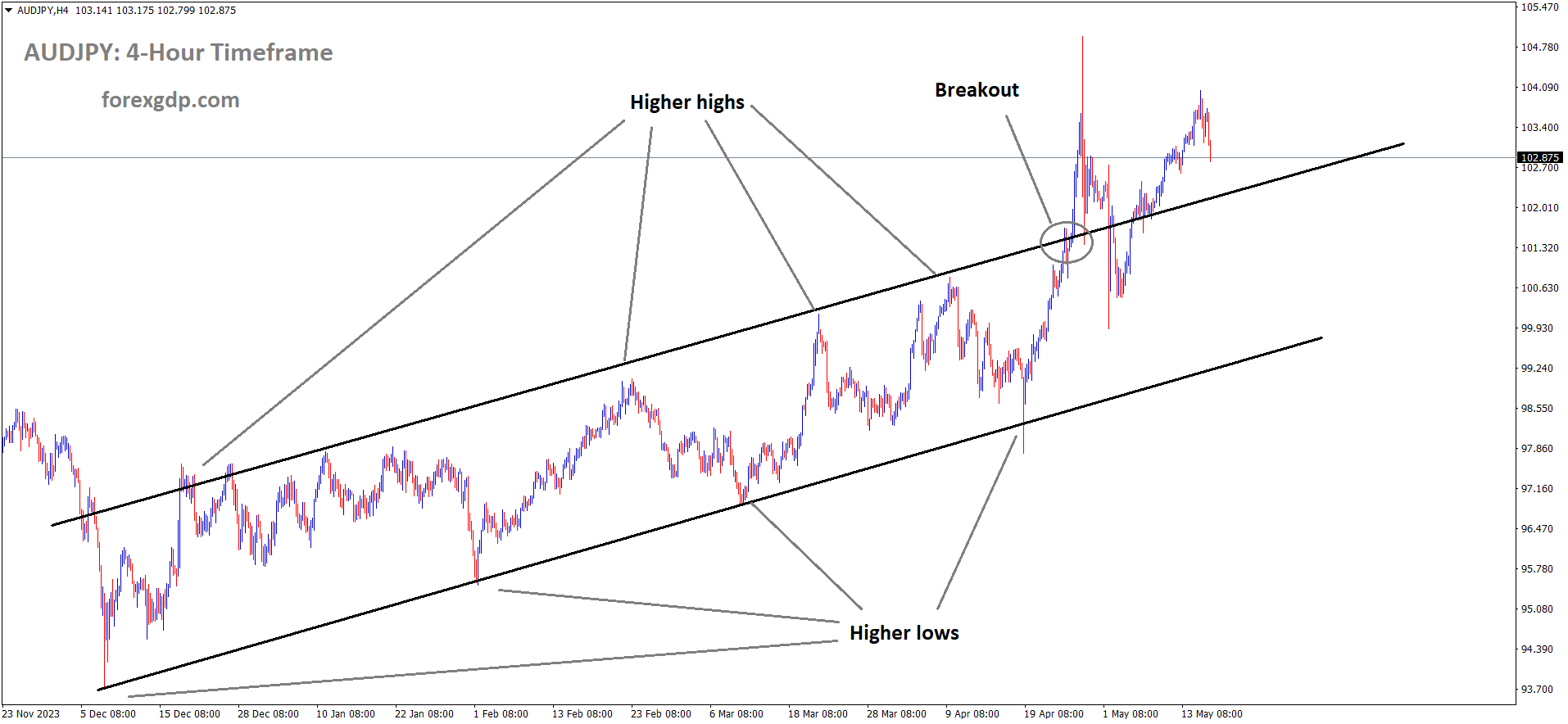
AUDJPY has broken Ascending channel in upside
Takeda anticipates Daihatsu’s resumption of auto shipments and rising wages to drive up consumption in the April-June quarter. He expects real wages in the second quarter to reflect substantial pay increases negotiated recently, along with moderating inflation.
Furthermore, Takeda suggested that capital expenditure is poised to increase, as this year’s corporate investment plans appear robust. With both domestic demand pillars showing signs of recovery, he predicts that GDP is likely to return to positive growth.
Don’t trade all the time, trade forex only at the confirmed trade setups
Get more confirmed trade signals at premium or supreme – Click here to get more signals , 2200%, 800% growth in Real Live USD trading account of our users – click here to see , or If you want to get FREE Trial signals, You can Join FREE Signals Now!

